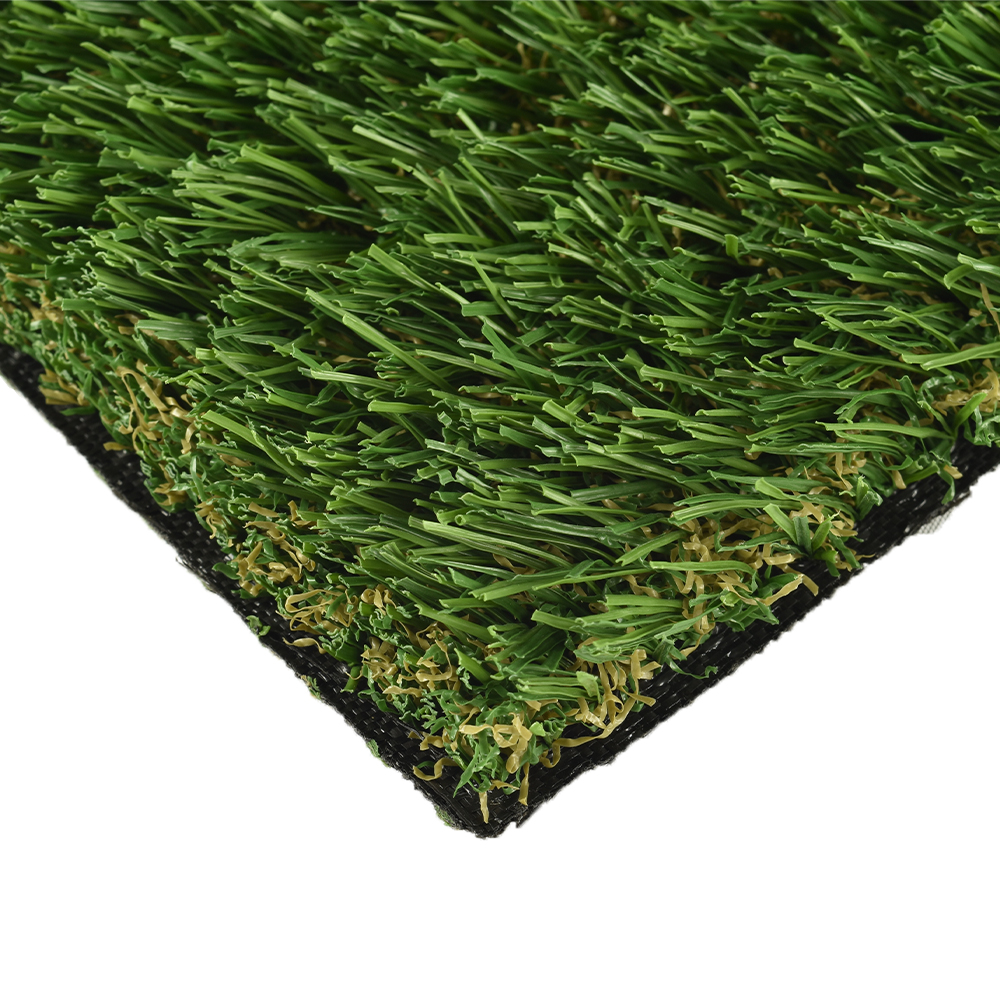Budget-Friendly Turf Installation Phoenix AZ for a Low-Maintenance Lawn Solution
Budget-Friendly Turf Installation Phoenix AZ for a Low-Maintenance Lawn Solution
Blog Article
Explore the Environmental Benefits of Opting for Artificial Grass Solutions
The adoption of man-made lawn services presents a compelling chance to deal with pressing ecological obstacles. By significantly decreasing water usage and decreasing the application of dangerous chemicals, these alternatives not only promote lasting landscape design however additionally secure neighborhood ecological communities. In addition, the reduced carbon impact associated with decreased maintenance activities adds to a much more sustainable technique to land administration. Nonetheless, the effects of these benefits extend past simple conservation efforts, increasing concerns about their long-term influence on habitat preservation and general ecological equilibrium. Discovering these dimensions reveals a complicated interplay worth considering.
Water Preservation Advantages
One of the most substantial advantages of synthetic lawn is its ability to conserve water. Conventional turf lawns need considerable irrigation, specifically in areas prone to drought or water restrictions. On the other hand, synthetic grass does not need watering, substantially reducing the total need for water sources. This feature is especially advantageous in arid areas where water deficiency is a pushing problem.
By getting rid of the need for normal watering, synthetic grass adds to sustainable landscape methods and aids mitigate the environmental impact of extreme water intake. The conservation of water expands to the decrease of overflow, which can lead to dirt disintegration and waterway contamination.
Furthermore, the installation of man-made grass enables homeowners and districts to designate water sources extra efficiently, concentrating on important usages such as alcohol consumption water and agriculture. The change towards man-made grass not just advertises responsible water usage but also aligns with broader ecological objectives targeted at protecting natural deposits.
As neighborhoods significantly prioritize sustainability, the water conservation benefits of artificial lawn provide an engaging instance for its fostering in property and industrial landscape design tasks.
Decreased Chemical Usage
The change to synthetic grass dramatically lowers the reliance on chemical therapies generally used in natural grass upkeep. Standard lawn monitoring generally entails the application of chemicals, herbicides, and fertilizers to promote growth and control pests. These chemicals can position threats to human wellness, local wildlife, and the environment, adding to soil and water contamination.
In comparison, fabricated lawn gets rid of the requirement for these dangerous materials. By lessening the launch of synthetic substances into the ecological community, man-made grass promotes much healthier soil and water systems.
Furthermore, the absence of chemical runoff related to synthetic grass installations aids shield regional rivers from pollution, sustaining water life and keeping biodiversity. Arizona turf. As neighborhoods significantly prioritize sustainable techniques, choosing synthetic grass offers a practical solution that straightens with ecological conservation goals. Via this change, homeowner can enjoy lush green areas without endangering eco-friendly health, paving the method for a much more sustainable future
Lower Carbon Footprint

Moreover, the installment of artificial grass can result in significant water preservation. All-natural grass need significant quantities of water for irrigation, which not just contributes to the carbon impact connected with water extraction and treatment however likewise pressures neighborhood water sources. On the other hand, synthetic grass needs very little maintenance, calling for no watering, consequently considerably decreasing water usage and its associated power costs.
Additionally, the durability of synthetic lawn adds to its reduced carbon impact. With a lifespan of up to 15 years or even more, the requirement for regular substitutes is reduced, leading to less waste and reduced energy usage in manufacturing and throwing away standard lawn options. On the whole, man-made grass offers a lasting option for ecologically aware landscape design.
Habitat Conservation
Environment conservation is a crucial factor to consider in the argument over landscaping choices, especially when comparing fabricated go to the website grass to natural yard. All-natural yard yards typically require extensive maintenance, including using pesticides, herbicides, and fertilizers, which can detrimentally impact regional ecological communities. These chemicals can leach right into the dirt and rivers, hurting native vegetation and fauna and disrupting local habitats.
Synthetic lawn gets rid of the requirement for unsafe chemicals, thereby securing neighboring wild animals and maintaining the honesty of surrounding environments. The installation of synthetic lawn can lead to the conversion of former turf areas right into more biodiverse landscapes, such as have a peek here pollinator yards or native plant locations, which can sustain regional wildlife.
Ultimately, the transition to synthetic grass not only saves water and decreases maintenance initiatives yet also cultivates a much more unified relationship between human activities and the natural surroundings, advertising environment conservation in the process.
Long-Term Sustainability
Long-lasting sustainability is a crucial element in examining the benefits of synthetic grass over standard turf lawns. Among the most considerable benefits of synthetic grass is its longevity; it can last up to 15-20 years with marginal upkeep, whereas all-natural lawn requires regular reseeding and replacement. This durability lowers the requirement for continuous sources, such as water, plant foods, and chemicals, which are crucial for maintaining a healthy grass lawn.
In addition, synthetic grass adds to a decrease in carbon discharges connected with grass care devices. Standard grass typically require gas-powered mowers, trimmers, and blowers, all of which contribute to air contamination. Arizona artificial turf. On the other hand, fabricated lawn eliminates the demand for such devices, promoting a cleaner environment
Moreover, the manufacturing of synthetic grass progressively utilizes recycled materials, improving its sustainability profile. As producers embrace environment-friendly practices, the ecological impact of fabricated grass remains to decrease.

Verdict
The adoption of artificial lawn services presents considerable ecological benefits, including considerable water preservation, decreased reliance on visit their website dangerous chemicals, and a lower carbon impact. In addition, artificial lawn aids in preserving all-natural environments by minimizing land disturbance and advertising lasting sustainability with making use of durable materials. Collectively, these factors emphasize the potential of synthetic grass to add favorably to environmental health and wellness and offer a viable choice to conventional landscaping methods in a significantly resource-conscious globe.
In comparison, man-made turf does not need watering, considerably reducing the total need for water sources. By decreasing the release of artificial compounds right into the ecosystem, synthetic lawn promotes much healthier dirt and water systems.
Furthermore, the installment of synthetic grass can result in considerable water preservation. In contrast, man-made turf needs marginal maintenance, calling for no watering, thereby substantially decreasing water use and its associated power prices.

Report this page